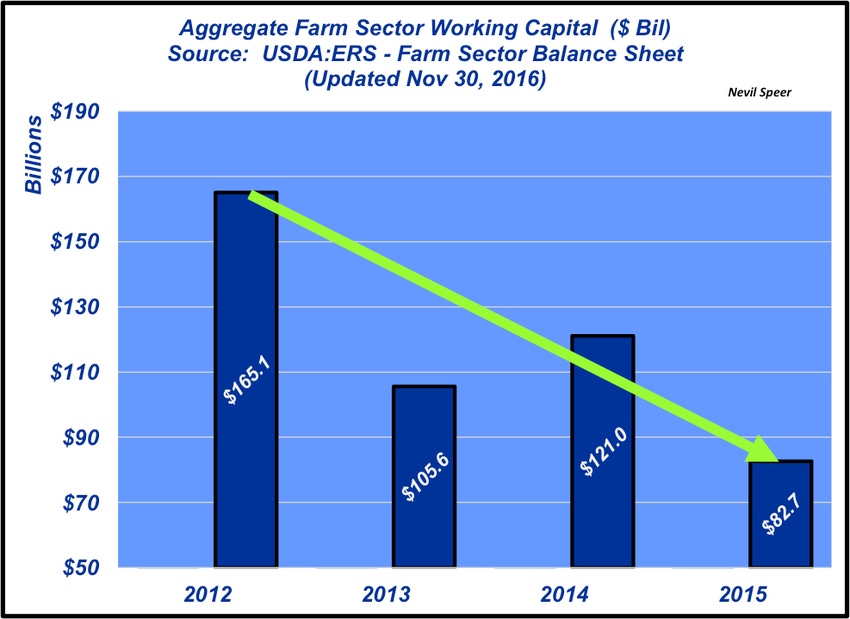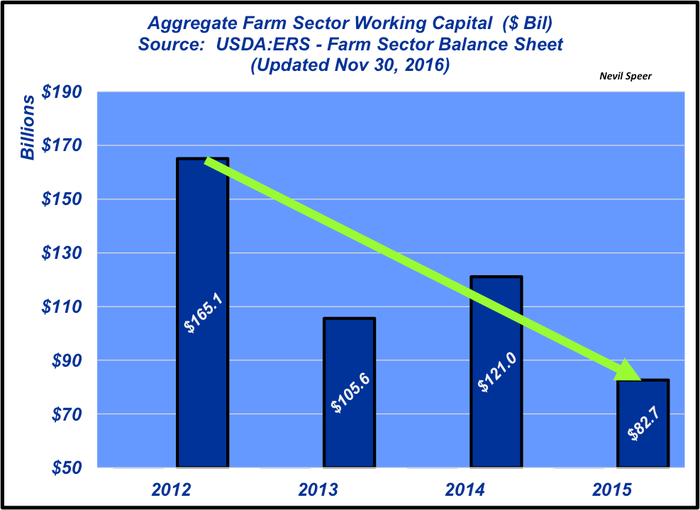Lending institutions are scrutinizing an operation’s working capital status as part of the lending decision. Now more than ever, it’s time to do a little scrutinizing yourself.
December 20, 2016

When I hit the road to speak, one of the most important slides I regularly use highlights how lending criteria has changed since the financial crisis. To illustrate that point, the slide includes a quote from Nick Parsons, head of research with the National Australia Bank: "So capitalism has changed…the owner or the custodian of capital [i.e. lending institutions] is much more careful about where they use that capital.”
To that end, most readers have likely experienced increased scrutiny from their lenders in this post-crisis world. And one of the key criteria that lenders use to make decisions revolves around availability of working capital within any operation; working capital being a function of current assets less current liabilities. It’s a measure of an operation’s buffer to meet its short-term obligations, hence the importance to lenders.
Perhaps equally important, it’s a key indicator of cash reserve availability to meet unexpected emergencies. Thus, it is an important component of risk management to ensure business continuity within the operation without the need to borrow additional funds.
As an example, albeit simplified, a pickup is typically a critical operational asset for most cow-calf operations. What if it catches on fire and suddenly needs to be replaced, else the cows don’t get fed? After insurance provides some portion towards replacement, does the operation have sufficient working capital to meet the remainder of the obligation? This type of assessment has become more important to lenders since the financial crisis.

This week’s graph highlights USDA’s updated aggregate working capital estimates in agriculture. Clearly, as last week’s illustration depicts, declining revenue has taken a big hit out of working capital reserves for agriculture. Working capital has declined nearly 50% - the loss exceeds $82 billion in just three years. That’s a concerning trend – and if it continues, will clearly have implications in the coming years.
What are you doing to maintain strong cash and working capital reserves amidst declining revenue? What new expectations do you your lenders have during the past several years and going into 2017? How will you adjust going forward? Leave your thoughts in the comments section below.
About the Author(s)
You May Also Like





